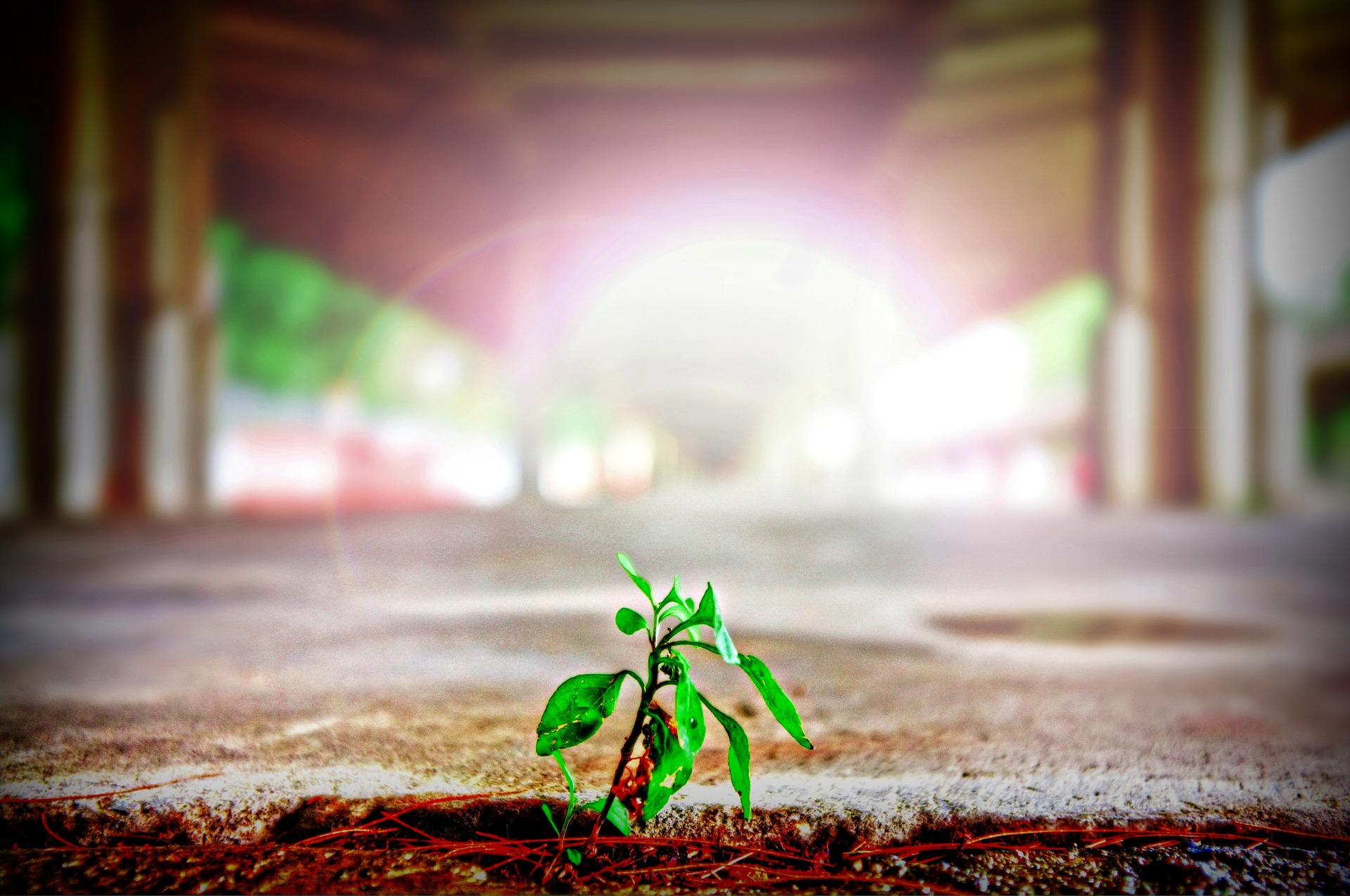CGIAR Gets Serious About Soil Carbon as Home of 4p1000 Initiative
CGIAR will host 4p1000, a new initiative which places soils at the heart of climate solutions
Author: Alain Vidal | Published: August 23, 2017
To help us halt the warming of our world, it is time to take a good look beneath our feet. Capturing soil carbon in soils is one of our best bets for mitigating significant greenhouse gas emissions.
At the recent Eat Forum in Stockholm, Johan Rockström and Walter Willet reminded us of this in their State of People and the Planet speech, which highlighted that reaching the Paris Agreement goal will be challenging and require an ‘agrarian revolution’, where our food system becomes part of a global roadmap for rapid decarbonization. Sequestering more carbon in the soil is an option that would significantly contribute to meeting the Paris Agreement goal.
However, we still lack the knowledge needed to sustainably manage soil for carbon sequestration. Launched during COP21 under the leadership of the French Government, the global 4p1000 initiative is currently rallying effort to overcome this gap.
On paper, a 0.4% annual growth rate of carbon stored in soils would make it possible to stop the present increase in atmospheric CO2. In the real world of agricultural and forest soils, this target may be difficult to reach or limited in time, but any effort towards storing carbon in soils or halting carbon release, especially from agricultural soils, would dramatically move our food system from the ‘bench of culprits’ to part of the solutions to mitigate climate change.
But there is more. Farmers and agronomists have known for centuries that more carbon in soils means more fertility, less erosion and better water storage. This means better adaptation to increased climate variability and better income for farmers, yielding better food and nutrition security, especially in the developing world.
The 4p1000 secretariat is now hosted by the CGIAR System Organization, under an agreement signed in Montpellier on 29 June, 2017. The initiative provides a multi-stakeholder platform to facilitate partnerships, bringing together more than 250 contributors in both the public and private sectors under the framework of the Lima-Paris Action Agenda (LPAA) of the UNFCCC. The initiative will promote research-based solutions along four pillars:
• a multi-stakeholder platform to facilitate partnerships
• a tool to assess projects based on a set of references and indicators
• an international research program exploring the potential of soil carbon sequestration, innovative soil practices, the required enabling environment, and the monitoring, reporting and verification of solutions
• a digital resources center on carbon in soils

